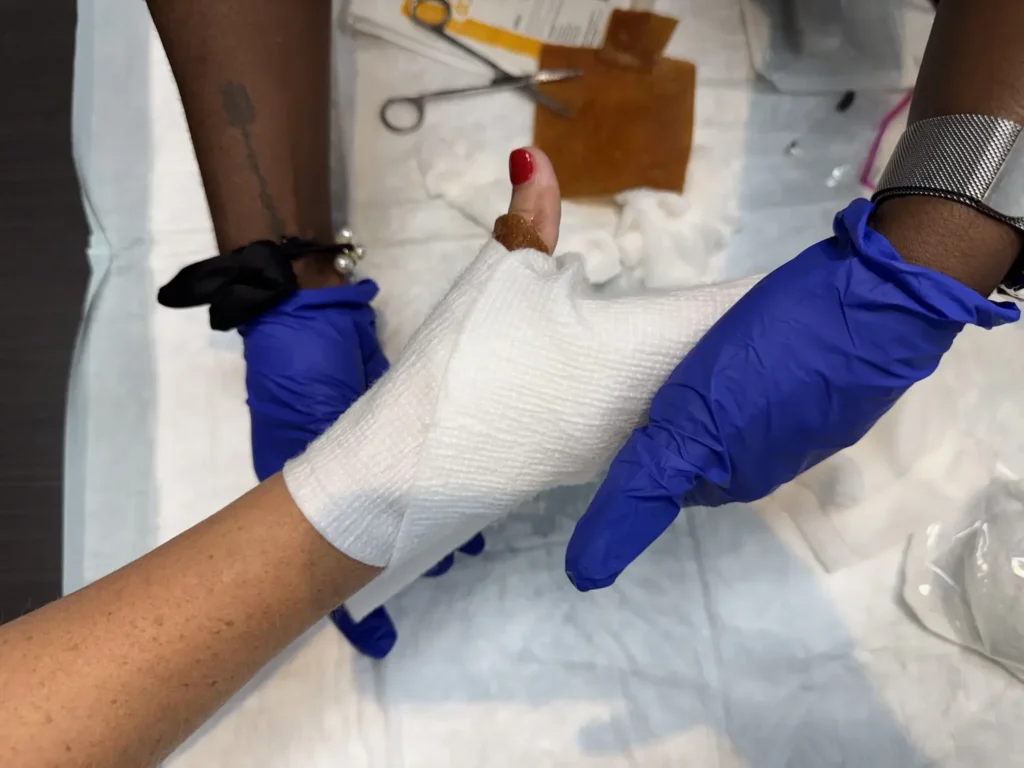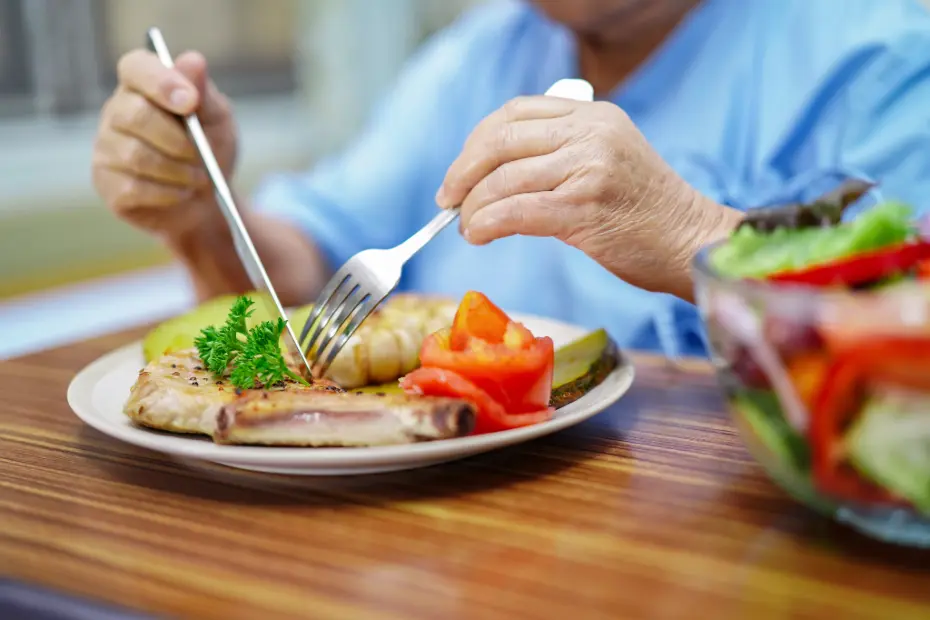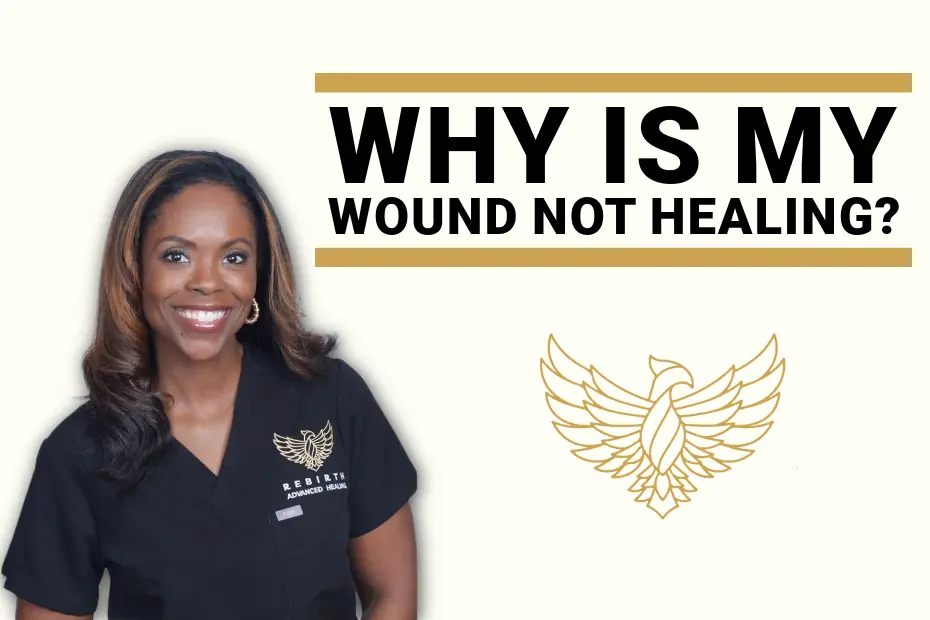If you’ve been asking yourself why your wound isn’t healing, you’re not alone. I meet patients every week who feel stuck in a cycle of wound clinic visits without progress.
My name is Jennifer Rice and I’ve been a nurse practitioner for nearly two decades. I’ve treated wounds in primary care clinics and, for the last two years with Rebirth Advanced Healing, inside patients’ homes.
And that shift changed how I see chronic wounds.
Clinics are valuable, but they only show a slice of a patient’s life. Inside the home, I can finally see the real barriers to healing: How someone sits, sleeps, eats, moves, and manages their daily life.
Let’s walk through the most common reasons I see for stalled healing, and what a better path can look like.
Disclaimer: This article is for educational purposes only and is not medical advice. For personal recommendations, speak with your healthcare provider.
Travel and Positioning Can Make Things Worse
For many of my rural patients, weekly trips potentially mean hours of sitting in cars, vans, or waiting rooms. Prolonged pressure and poor positioning can aggravate pressure injuries and lower-extremity ulcers.
And then missed rides or delays can lead to missed appointments, another hit to consistency.
Here’s what helps:
- Transportation that limits long sits (more breaks and pressure-relieving cushions are critical)
- Clear offloading and positioning plans tailored to your mobility and home setup
- Alternatives to weekly travel when possible (home-based care, coordinated schedules, etc.)
Dressings Aren’t Matched to The Wound

The “right” dressing depends on drainage amount, skin condition, infection risk, how often someone can change dressings, and what life at home looks like (pets, bedding, favorite chair, etc.).
The wrong dressing can stall healing or even invite infection.
Here’s what helps:
- A full assessment of the previous dressing and periwound skin at each visit
- Orders that match your drainage, change frequency, and caregiver support.
- Protective layers of extra fixation if friction or moisture are issues.
- Consistent use of high-quality, evidenced-based dressings.
Nutrition is Working Against You

In a clinic, it’s easy to say, “I eat healthy.” At home, I can see the sugary drinks on the counter or the ultra-processed snacks that spike blood sugar and slow healing. Small, daily choices add up.
Here’s what helps:
- A simple, realistic nutrition plan you can stick to.
- Protein goals, smart carbs, and hydration that support tissue repair.
- Family education so the whole household is rowing in the same direction.
Why My Wound Is Not Healing: What Better Care Can Look Like
There are five main things to consider when seeking better care for a chronic wound.
- More time with your provider. Healing plans rarely fit into 15 minutes. You deserve a thorough look at the wound and what’s happening at home.
- Care that meets you where you are. When possible, in-home wound care lets us assess chairs, mattresses, stairs, bathrooms, and daily routines that clinics can’t see.
- Customized dressing plans. Orders should match drainage, change frequency, your caregiver support, and your budget/coverage.
- Whole-person support. Compression and offloading done right, nutrition coaching, glucose and blood-pressure goals, medication review, and clear step-by-step instructions.
- True continuity. The same team evaluates progress, adjusting orders quickly, and coordinating with home health, primary care, podiatry, vascular, or endocrinology as needed.
When Should You Consider Advanced Wound Care?
If your wound hasn’t meaningfully improved after four weeks of conventional care, it’s time to explore next steps. Stalled wounds deserve a different plan.
One option we focus on at Rebirth Advanced Healing is amniotic (placental) grafts, which can help restart the healing process for certain chronic wounds.
Placental skin grafts, made from the amniotic membrane of donated placentas, provide natural growth factors that help stubborn wounds heal. I often use them for chronic wounds like diabetic foot or venous leg ulcers when traditional treatments haven’t worked.
At Rebirth, we’ve experienced success healing thousands of patients by using these grafts. In the second quarter of 2025, we recorded a 98% wound improvement rate.
But it’s important to note that these grafts, also referred to as skin substitutes, aren’t for all patients. These are the strict guidelines set forth by Medicare that we closely follow:
- At least 28 days of documented conservative treatment with little or no improvement
- Wound must be 1-square-centimeter or larger
- Wound must be free of active infection
- A healthy wound bed is required for the graft to take
- Patients cannot be on hospice care
What to Do With Your Chronic Wound Today
As you continue to find the best route to heal a chronic wound, take this information into consideration.
Make sure your healthcare provider is tracking important information about your wound, including the length and width (area), along with weekly photos and drainage levels.
Next, dial in smart, healthy habits. Things like having a protein at each meal, plenty of water, and safe movement throughout the day.
Protect the wound from pressure and friction. Upgrade cushions, adjust your seating, and reposition regularly.
Ask for a reassessment. If conservative therapies arne’t working, it’s time to explore alternative options, like advanced wound care.
Don’t Be Stuck In a Cycle With a Non-Healing Wound
You or your loved one don’t have to accept endless clinical visits and a chronic wound that refuses to heal. The right plan looks at your whole life — not just the wound — and changes course when progress stalls.
If you want to refer yourself, a loved one, or a patient, reach out to us today.

